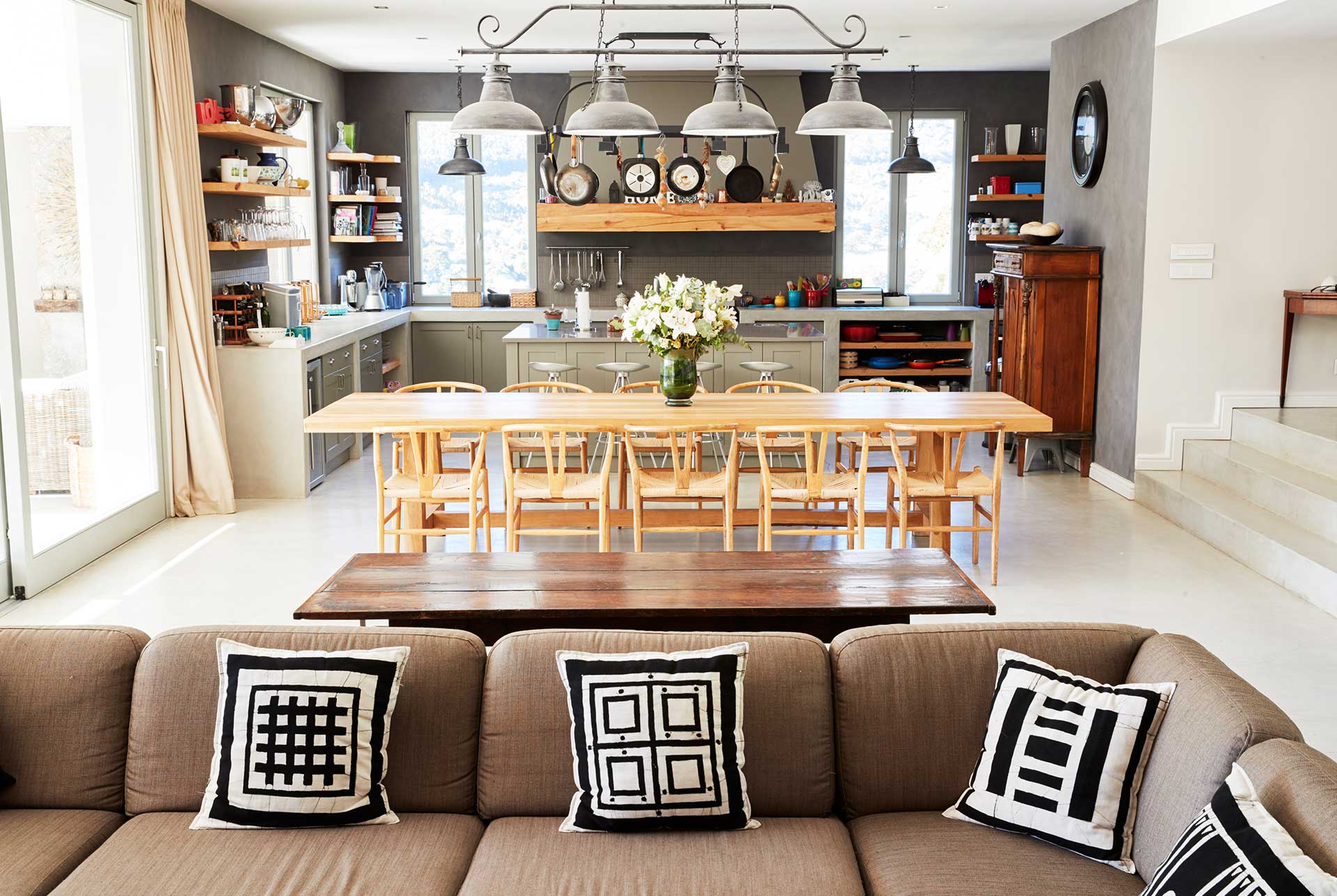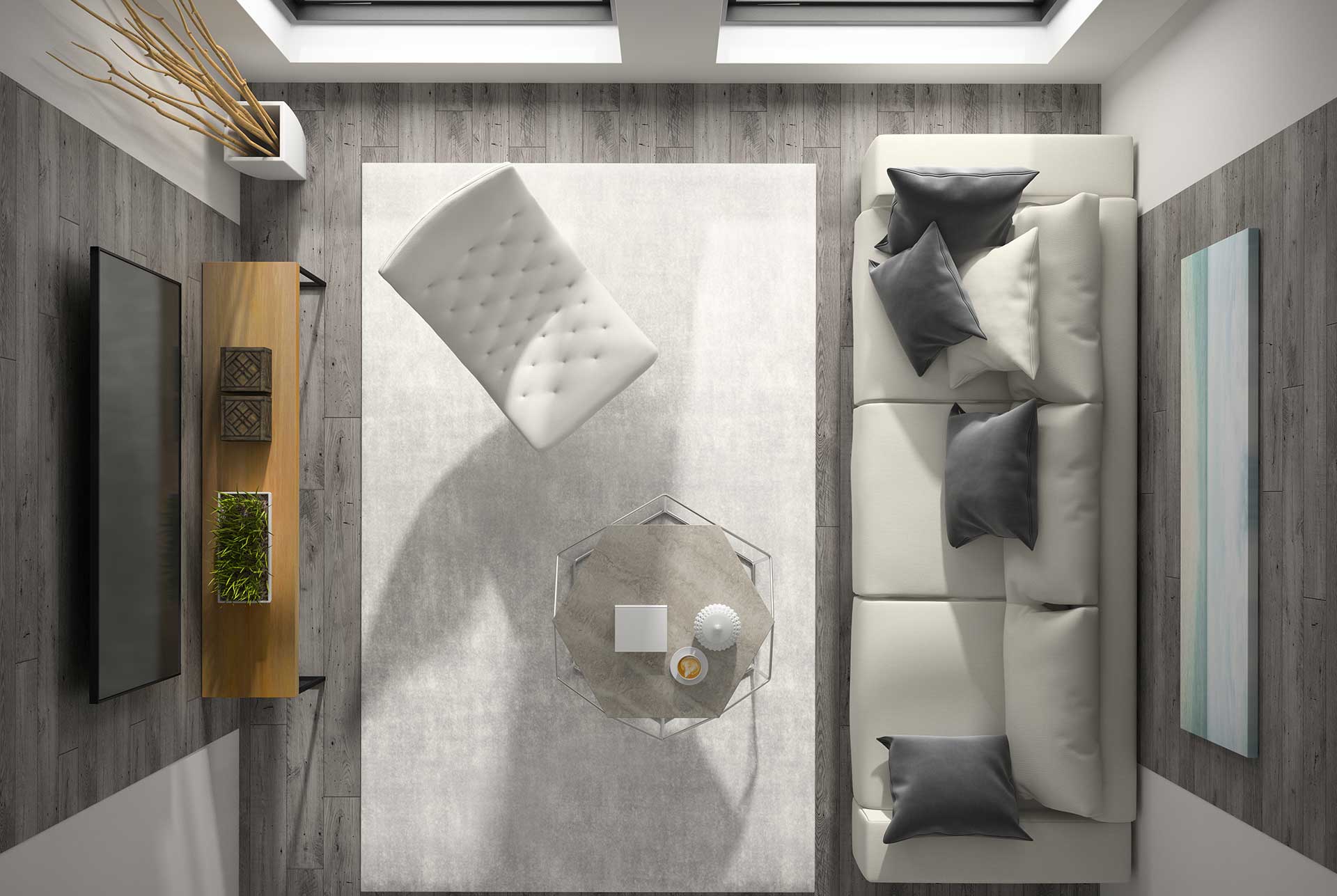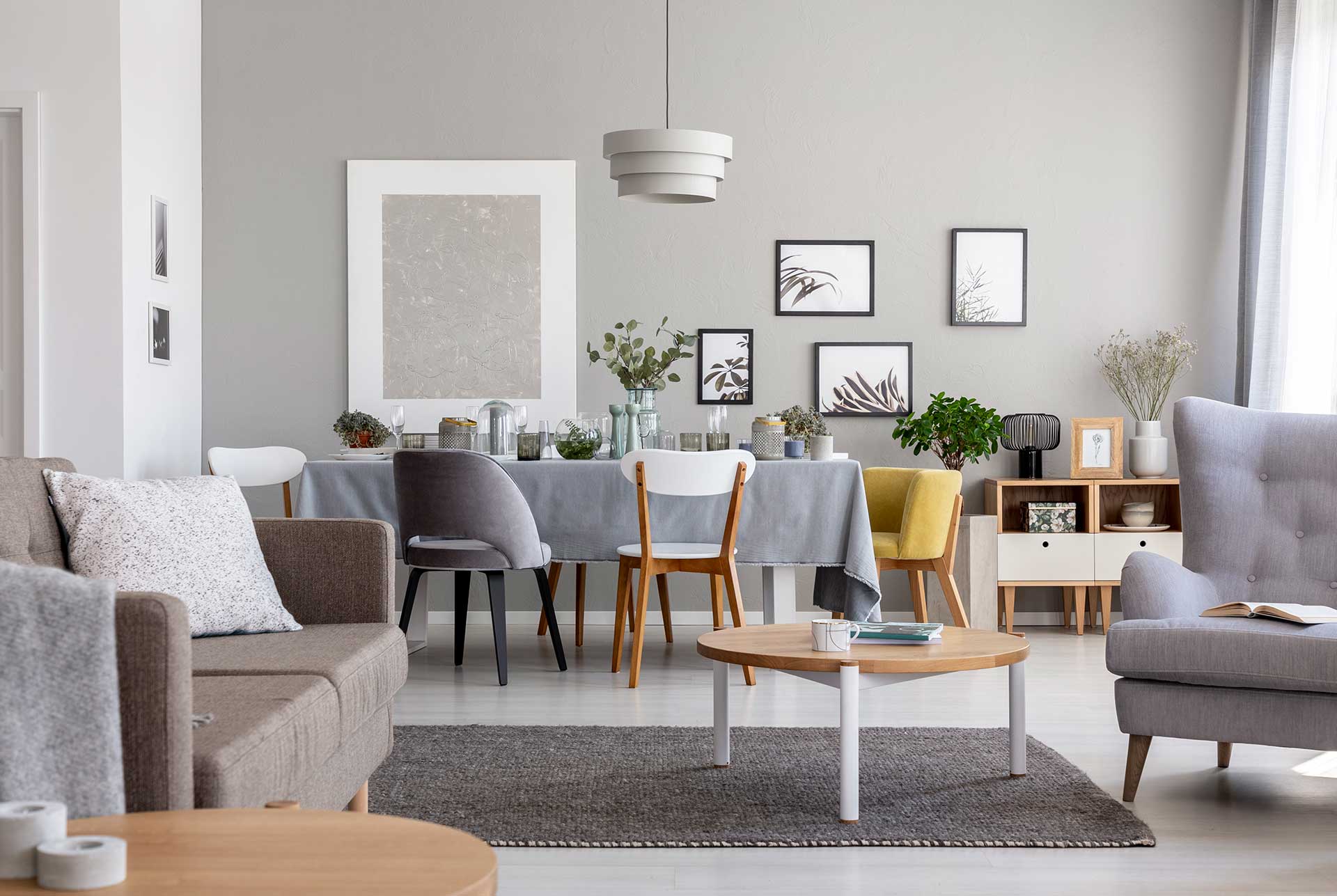Space it out

Publish Date: 24-04-2023
Author: Written by Decorster
There is more to designing a house or office compared to just a mere selection of aesthetically nice furniture and beautiful decor. Superior interior design happens when the appearance of the inside of a dwelling is not just pleasing but fits the way it is used for living, walking, and interactions. One critical yet often-underestimated element is space planning to transform a house into a productive and beautiful place to live.
As an interior design company in Dubai, we have seen for ourselves how considerate space planning can enhance the beauty of a room and blend style with function. So, in case you're wondering how you can perfect that layout for your home or workspace, keep reading. We are going to walk you through the steps needed to effectively space it out. You will know how to craft spaces that are comfortable, inviting, and absolutely tailored to suit your lifestyle.

Understanding Space Planning
When most people hear the term "interior design," they immediately associate it with colors, materials, and furniture. The reality is that space planning forms the backbone of any successful interior design project. Space planning determines how the elements in a room should be organized to create flow, functionality, and aesthetic appeal. Fundamentally, it is ensuring that a room serves the purpose of its users and feels spacious and well-balanced.

Step 1: Observe Your Daily Routine
Before making any design decisions, start by observing how you use the space. This might sound simple, but it's crucial to understand the dynamics of the room before deciding on furniture or layout. Think about how you move through the room, where you spend the most time, and where you need the most functionality.
Step 2: Define the Ambience
Knowing how you're going to use the space leads you into the ambience of the space, which will give you an atmosphere for your room. It's one of the most critical things in terms of setting a mood for your room.
How do you want the space to feel?
Should it be airy and light, earthy and grounded, or perhaps more minimalist and serene?
Each of these choices will influence your furniture selection, color palette, and texture choices.
Step 3: Choose Your Colors and Textures
The first step after deciding what is needed from your space is colors and textures as they play a significant role in shaping the mood of a space. After defining your desired ambience, the next step is to think about which colors and materials will help achieve it.
For a light and airy ambiance, soft pastel shades, whites, or creams work wonderfully. For warmth and coziness, use earthy tones including beige, terracotta, and warm grays. For a more minimalist and serene atmosphere, softer cool tones such as muted blues and grays alongside clean, smooth textures can help achieve it.
Step 4: Layout and Furniture Arrangement
Now that the ambience has been established, the actual work begins on laying down the plan. The word layout refers to the arrangement of furniture and other elements in space. It's basically the core concept of functional as well as visually pleasing designs.
The furniture layout can make or break the room. Large furniture may overcrowd a small space, and too many small pieces can disrupt the flow of the room. It is essential to choose furniture with proportions appropriate to the size of the room. An excess of large furniture pieces can make the room feel more spacious, but too many small items are likely to give the opposite feeling.
Create a Welcome Ambiance Using Furniture Placement
Believe it or not, the way you place your furniture can create a mood in the room. Sofa, armchair, and other key pieces in the room make all the difference between whether the space will be inviting and comfortable. Angled furniture groups tend to make a room look cozy and welcoming, encouraging people to engage in conversation. Arrange seating in an informal group setting or wheel when designing a living room, for comfort and stimulation of interaction among guests.
Pay attention to how people will move around in space. Provide adequate circulation room so that when people begin moving around in the room, they do not find themselves squeezed in. Eliminating this can make a room feel open and uncluttered.
Focal Points: Adding Interest Without Overcrowding
Every room needs a focal point key piece or area that draws the eye. However, do not overwhelm a room with too many focal points. A few well-chosen objects or features can go a long way in adding visual interest. This could be a striking piece of art, a beautiful chandelier, or a statement sofa. When designing a room, one or two standout pieces should be selected and positioned in strategic locations to create a sense of balance.
If you are ready to transform your space with professional interior design services in Dubai, get in touch with us today. Our team of experienced interior designers in Dubai can help you bring your vision to life, ensuring that your space is not only stylish but also practical and inviting. Whether you're designing a space from the ground up or updating an existing room, we're here to help you every step of the way, from layout planning to the final details.
One of the best ways to make your home or office feel comfortable and truly yours is by creating a well-planned, harmonious space. So, let's space it out and make your dream environment a reality!





